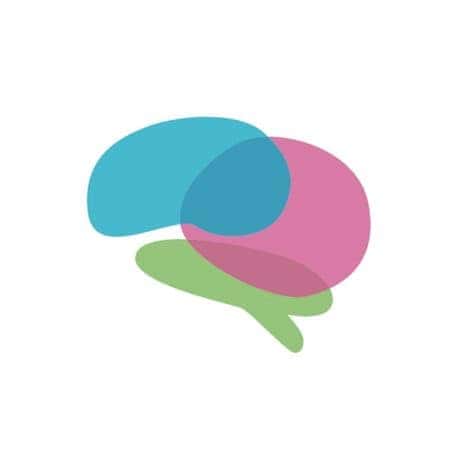Foundations: Safe Relationships
Safe relationships provide a sense of security, acceptance, and belonging, which are fundamental to emotional well-being. When individuals feel safe and supported in their relationships, they are more likely to experience positive emotions, have a stronger sense of self-worth, and develop healthy coping mechanisms.
By creating a trusting, safe, and welcoming classroom that rewards self-control, you can help your students develop social-emotional wellbeing.
We build safe relationships in three simple ways:
1. Call them by their name
Addressing children by their name helps establish a positive connection and rapport between adults and children. It creates a personal and respectful interaction, showing that you are attentive to their presence and interested in engaging with them
2. Meet them where they are at
When you find out what students are interested in and then engage with them around that interest, they are are more likely to want to interact and participate.
3. Provide daily check-ins
Short moments of connection allow you to discover what is happening in each student’s life. You can follow up by asking follow-up questions or checking in. For examples, you might ask a students “Are you still feeling upset about __?” or “How are you feeling now that you have had some time at school?”
It is important for you, the loving teacher, to remember: It is not that you are not a safe adult but that the world is not always a safe place for this child.

Want to dig deeper? Learn more strategies for building safe relationships from the book, Social-Emotional Learning and the Brain.
